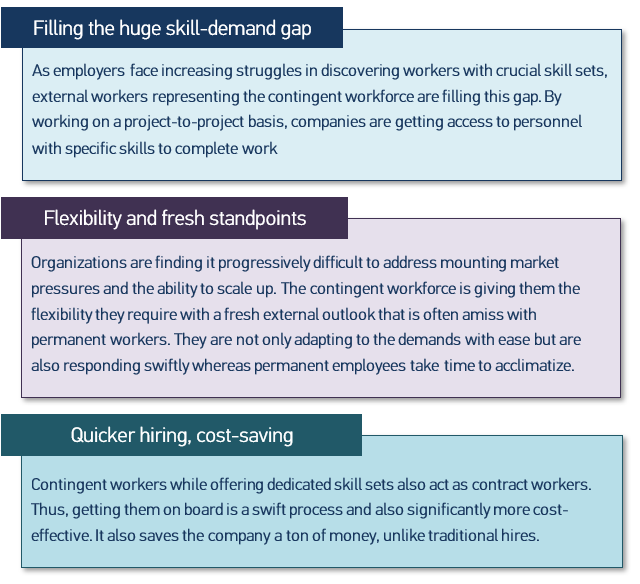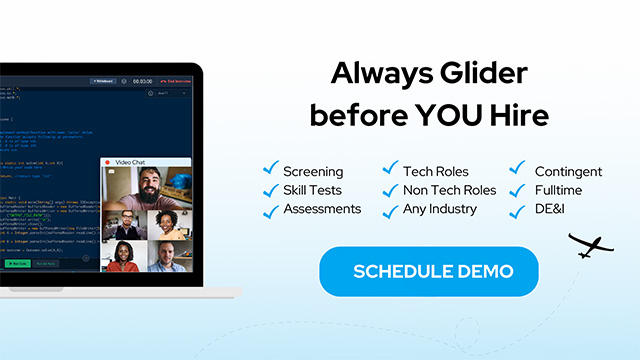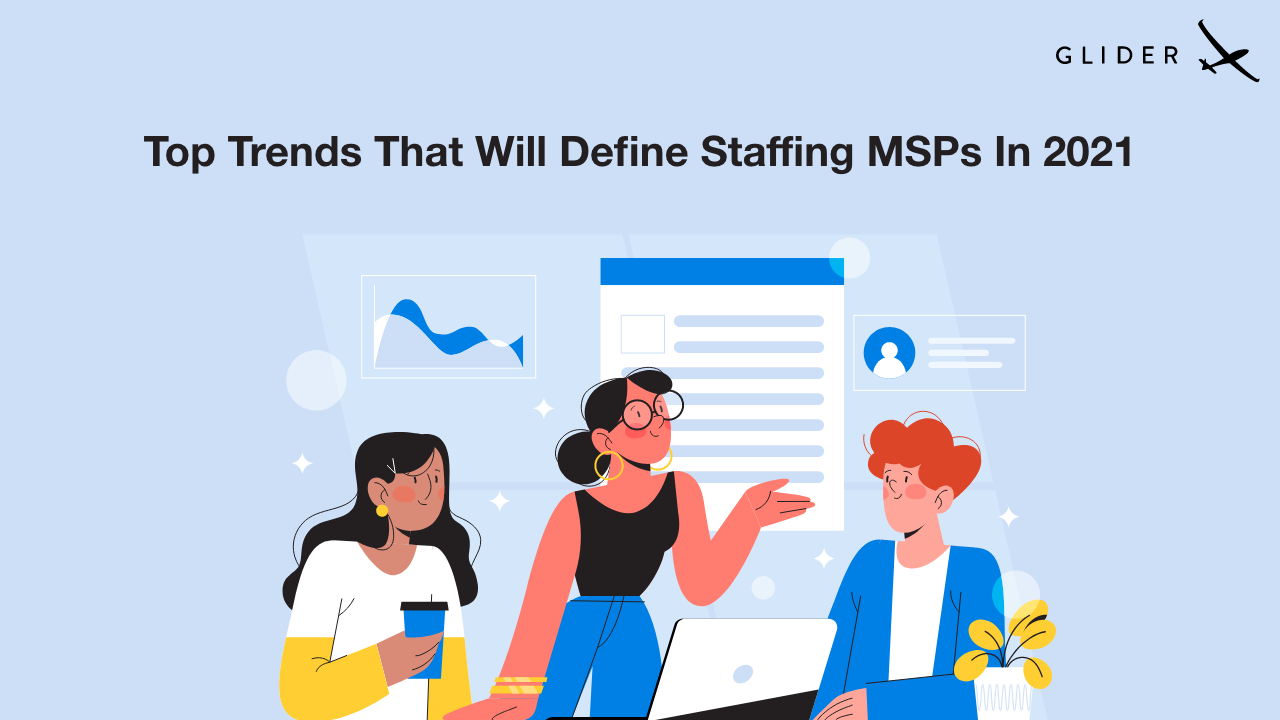
This surely may sound startling, but according to a survey by Manpower, globally almost half of the employers are encountering massive obstacles to fill open positions in their organization. One of the reasons for this impediment is that there aren’t enough qualified candidates and crucial positions are being left vacant. Talent, cannot be ignored for it is after all one of the foundation blocks of a modern business. It helps bolster competitive advantage, fast-tracks business development, and promotes innovative ideas and practices. Needless to say, without the right talent to administer the technology that’s propelling our world ahead, companies may perish in no time.
As companies face this dilemma, the contingent workforce becomes a key to accomplishing workforce responsiveness that has become a mandate to champion our current dynamic, digital, and technology driven work milieu.
Like the name suggests, it is a workforce that acts as a contingent for a company. It is comprised of a remote independent reliable pool of talent which includes virtual workers, freelancers, contractors, consultants, temporary or on-call workers. This pool of talent is labeled as a contingent workforce.
Over the last decade, this segment of the workforce has climbed drastically, and it has added trillions to economies across the globe. Millennials are replacing baby boomers in the workforce. It means employers are increasingly finding it convenient to employ and leverage this section of society. As being more autonomous it is also highly efficient and effective. Businesses need to compete more effectively. They need to attend to new and dynamic business challenges and eventually flourish in the years to come. Businesses require talent that is adaptable and can offer proficiency in response to the ever-changing market demands.
The contingent workforce is also known as the agile workforce. It is gradually embodying the next rational step for businesses to employ as they speed up innovation, development, and progress.

No matter which industry your company is in, you will never have 100% expertise and experience to corroborate your company’s vision, and mission let alone manage and hire a contingent workforce. The only way to streamline things for you and increase work productivity and efficiency is outsourcing your contingent workforce management. If you cannot get the management outsourced, the least you can do is to get advice from experts and consultants in the field.
So, why are we telling you to avail the services of a managed services provider (MSP) and outsource your contingent workforce management? They are experts for a reason. They can assess, restructure, and reorganize your present management processes so that you get the most out of the dollars you have invested into contingent workers.
An MSP’s proficiency will also ensure your business is adhering to the latest government regulations. They will screen the best talent you require, ensuring you make the most of your investment. and providing you with an overall relaxed experience sans the hassles that contingent workforce management brings along with it.
While executing a contingency workforce management system, you have to chart a proper course of action. This group of people are mostly freelancers and not on your payroll. You require their expertise at every level which means properly managing them all the more crucial. To get proper harmony amongst all the departments of your organization while working with contingent workers, you need to create a detailed plan of approach.
If every department creates their own management techniques to have room for contingent workers that work under their department, there is going to be utter chaos. This way, the entire process gets disjointed and leads to inconsistency in the way they deliver their tasks. It also squanders crucial administrative money and resources.
If you want your contingent management program to be efficient, for starters, the entire plan should be unified in one place. This prevents dysfunctionality and fosters uniform and well-organized management of payment, adherence to rules, and better analysis of work amongst contingent workers and the administration.
When we talk of a centralized system of managing contingent workforces, it brings us to the final point – make the most of disruptive technologies that are transforming business processes across the globe.
Automate the way you manage your contingent workforce by engaging a vendor management system, also known as VMS. VMS is a cloud-based system that acts as a central pivot for the end-to-end management of your company’s contingent workforce.
On a single dashboard, you get a clear viewpoint of your entire contingent workforce – contracts, expenses, time logs, performance reviews, payments and remunerations, compliance, onboarding, and a lot more.
This also becomes a storehouse of data and tools you can use for future use to scale and generate revenue.
A contingent workforce is vital for the success of your company:
People who belong to the contingency workforce include freelancers and gig-workers who account for a small percentage of the total population. They are a force to reckon with, for the reasons of which have been clearly demarcated above. They are crucial for a number of reasons, most importantly to improve the bottom line of your business and take it to new heights.
The evolution of new workforce models such as contingent workforces are redefining how companies function efficiently in today highly complex competitive world. HR and business leaders should aggressively build such workforces that can help organizations propel ahead at lightning fast speed.



